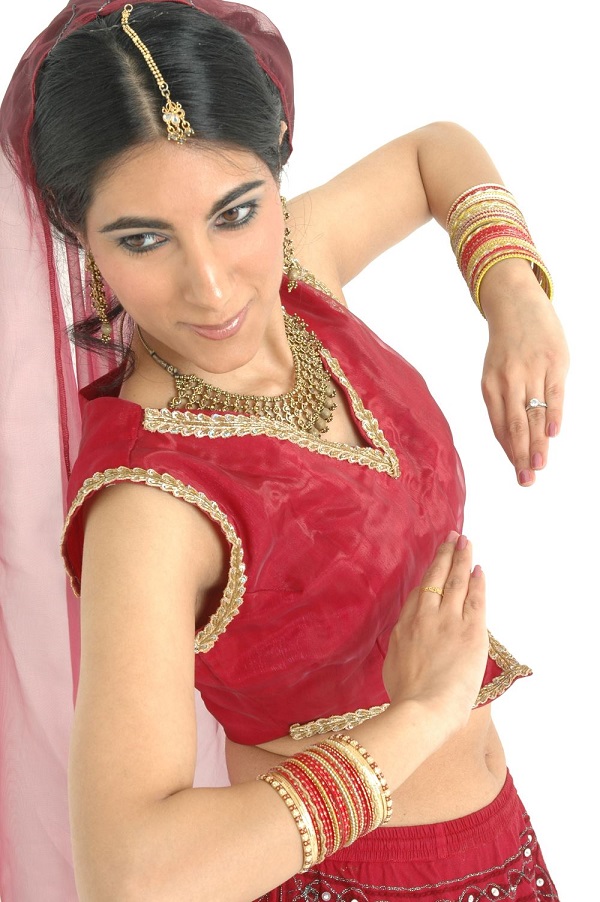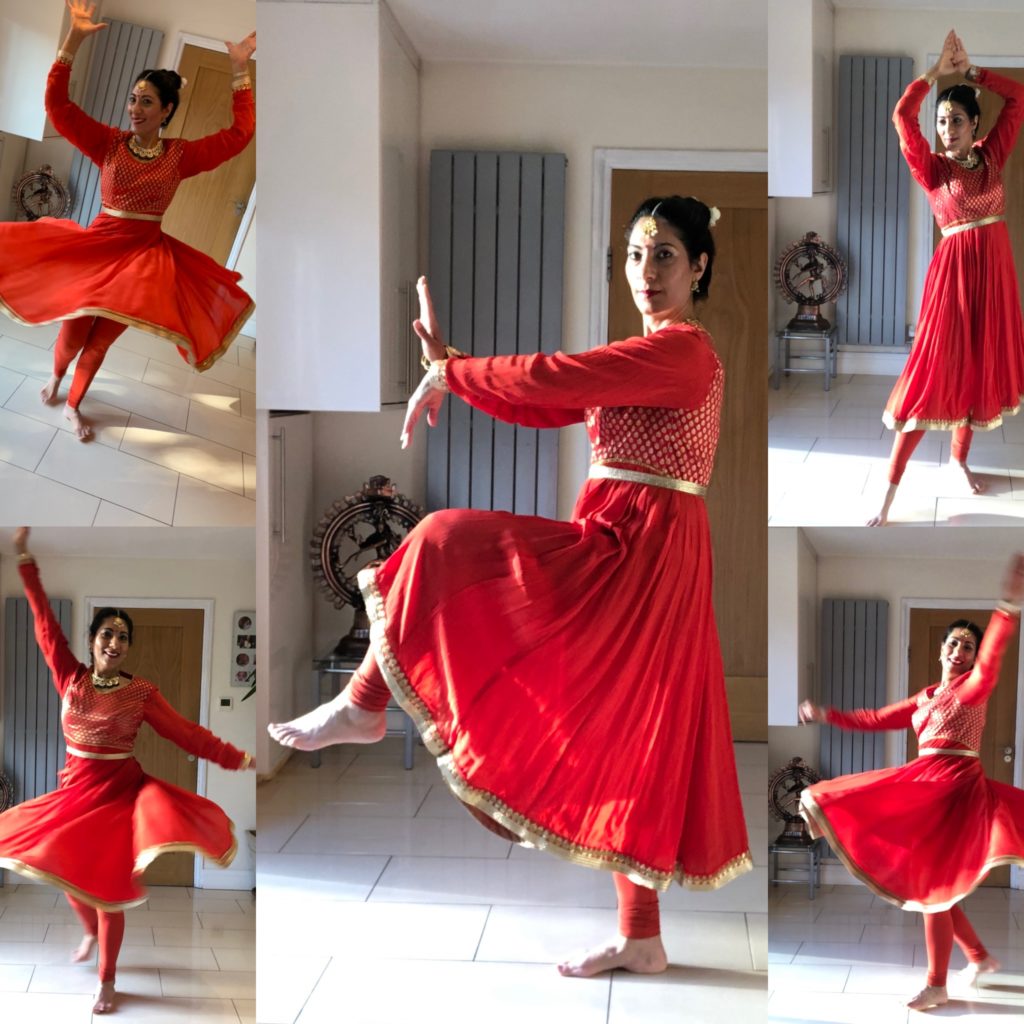
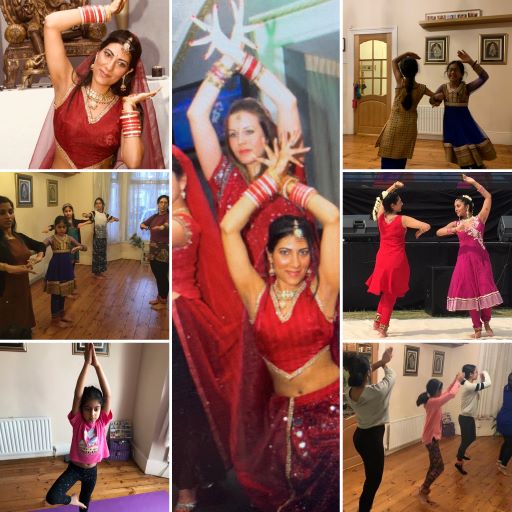
This most widely performed classical dance form of northern India is characterised by vigorous and strong footwork of dancers, sharp, swift, yet graceful movements wearing ghoongroos (anklets with 100 bells) and chakars (fast spins and turns). Detailed footwork, rapid spins and sudden still poses.
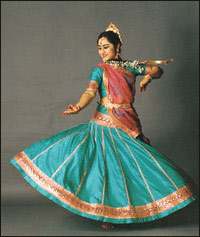
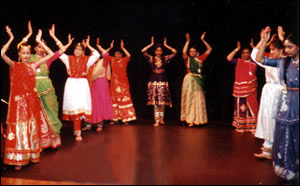
Kathak dance, known for its intricacy, grace and charm originated from story telling traditions of northern India over 6,000 years ago, and is one of the oldest forms of theatrical dance in the world.

Kathak can be used in a variety of dances the graceful movements makes it an attractive candidate for use in performances, films, dance dramas and fusion dances.
What is Kathak Dance?
- Dynamic, expressive, sharp and alluring, Kathak is one of the most dynamic theatre arts in the world.
- Kathak literally means ‘Story’
- It originated in the temples of India, but later became popular in the Hindu Courts.
Kathak is characterised by:
- Linear fluid upper body movements
- Rhythmically complex footwork (Tatkar)
- Delicate as well as powerfully percussive Fast Spins (Chakkar)
- Finely detailed movement
- Intricate footwork, enhanced by the sound of over 100 ankle bells.
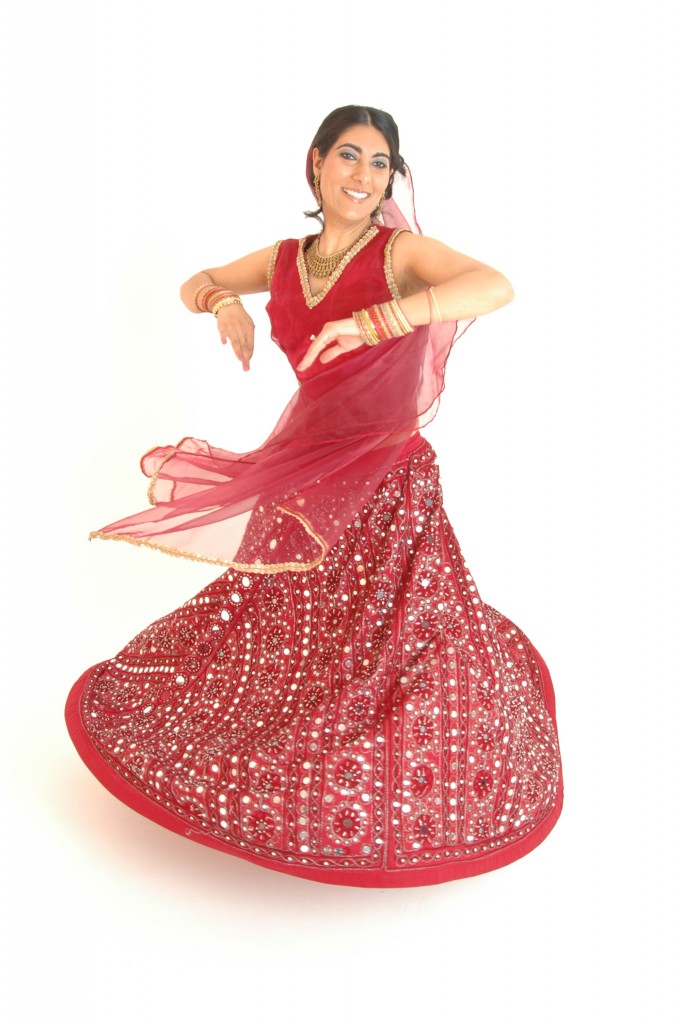
Indian dance is an extremely intricate art. A Kathak dancer is not required strictly to adhere to fixed steps and stages in a fixed order. He or she can change the sequence of stages to suit his or her aptitude and style of dancing.

